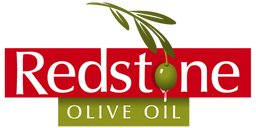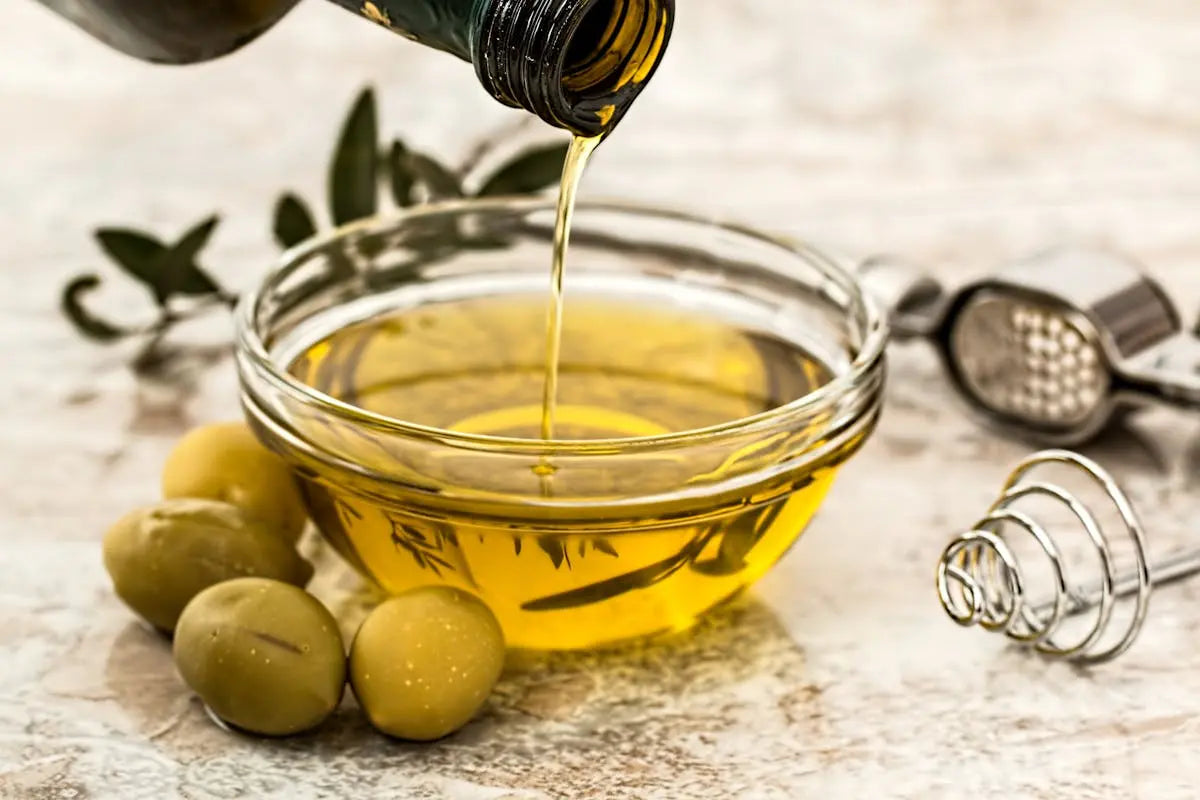Introduction to Pure Olive Oil
Pure olive oil, often hailed as the heart of Mediterranean cuisine, has a journey as rich and intricate as its flavor. From ancient times, this golden elixir has been a symbol of health, wealth, and beauty. Pure olive oil is made from the simple pressing of fresh olives. It sounds straightforward, right? But there’s a lot more to it. There are various types of olive oil, including extra virgin, virgin, and pure. Pure olive oil is actually a blend, including both cold-pressed and processed oils. It’s designed for everyday cooking with a higher smoke point than extra virgin varieties, making it versatile in the kitchen. Its journey from the grove to your table involves careful selection of olives, precise methods of extraction, and rigorous standards for bottling and distribution, ensuring that only the best quality oil makes it to your meal. So, when you drizzle that olive oil on your salad or use it to sauté your favorite dish, remember the journey it’s taken to bring a touch of Mediterranean magic to your table.

The Origins of Olive Oil: A Brief History
Olive oil, a staple in kitchens worldwide, traces its roots back thousands of years, with historians pinpointing its origin to the Mediterranean region. Cultivation of olive trees for oil production began around 2500 BCE in Crete, now part of Greece, making it one of the oldest known cultivated trees in the world. As civilizations like the Greeks and Romans grew, so did the significance of olive oil. It wasn’t just food; it was a symbol of wealth, health, and power. The oil lit the lamps of ancient cities, anointed the heads of noble leaders, and played a crucial part in religious rituals. Over centuries, the techniques for pressing oil from olives evolved, but the essence of its value remained unchanged. Today, olive oil continues to be a prized ingredient in dishes, a testament to its enduring legacy from the Mediterranean groves to dinner tables around the globe.
The Olive Grove: Where It All Begins
The journey of pure olive oil starts in the olive grove, a place brimming with rows upon rows of olive trees. These trees are tough, able to thrive in the challenging Mediterranean climate where most olive groves are found. The process kicks off with the selection of olive varieties; each brings a unique flavor and quality to the olive oil. Farmers meticulously care for these trees, pruning them to ensure sunlight reaches the olives, a crucial step for growth.
Harvesting olives is a delicate task, often done by hand to prevent damage. Timing is crucial; olives must be picked at the perfect moment of ripeness to ensure the oil’s quality. After harvesting, the olives are quickly transported to the mill for pressing, a step that needs to happen as soon as possible to preserve freshness and prevent spoilage.
Remember, the olive grove is more than just the start; it’s the soul of the olive oil journey. The care and passion of those tending to these groves directly influence the taste and quality of the olive oil that ends up on your table.
Harvesting Olives: Techniques and Timing
Harvesting olives is more about the right timing than anything else. Olives need to be picked when they’re just ripe for the perfect balance of flavor and oil content. Too early, and the oil is bitter; too late, and the fruit becomes overripe, affecting the oil’s quality. There are two main methods to harvest olives: hand picking and mechanical harvesting. Hand picking is gentle on the trees and often used for the highest quality oils. It’s labor-intensive but worth it for premium batches. On the other hand, mechanical harvesting speeds up the process, using equipment like shakers to get the olives off the trees. This method works well for larger operations where cost-efficiency is key. Each technique has its place in olive oil production, guided by tradition, the type of olive, and the producer’s goals. Remember, the choice of when and how to pick the olives sets the stage for everything that follows in making olive oil.
Pressing the Olives: Extracting the Oil
Pressing the olives to extract the oil is a crucial step in the journey of pure olive oil from grove to table. Traditionally, this was done using large stone mills that would crush the olives into a paste. Today, most producers use modern machinery that can do the job more efficiently. First, the olives are washed to remove any dirt or leaves. Then, they’re crushed, pits and all, to create a paste. This paste is mixed slowly to allow tiny oil droplets to merge into bigger ones.
The next step involves separation. The olive paste is spread onto mats or placed in a centrifuge, spinning at high speeds. The force separates the olive paste into oil, water, and solid matter. Water and solids are removed, leaving behind pure, golden olive oil.
It’s a method that values simplicity and respects the natural product, aiming to preserve the olives’ flavor and nutritional value. Timing is everything; too soon or too late, and the oil won’t be the same. This age-old process, whether done with ancient stone or modern steel, is a testament to the dedication to quality that goes into every bottle of pure olive oil.
From Liquid Gold to Pure Olive Oil: The Refining Process
Let’s talk about how olive oil goes from being considered liquid gold in the grove to the pure olive oil you use at your table. First off, olives are harvested from the olive trees, either by hand or with machinery. It’s crucial to do this at the perfect time to ensure the olives have the right balance of flavor and oil content. Once harvested, the olives are washed to remove dirt and leaves, ensuring nothing but the olives themselves make it to the next stage. Now, it’s time to extract the oil. This is done by crushing the olives into a paste. Traditionally, large stone wheels did the job, but modern methods use steel blades. The goal here is to break down the olives and release the oil from their cells. After crushing, the olive paste is stirred in a process called malaxation, which helps the tiny oil droplets merge into bigger ones, making it easier to extract the oil. Next up is the extraction process. The olive paste is spun at high speeds in a centrifuge to separate the oil from the remaining solid bits and water. What comes out is a mixture of oil and water, which is then divided further to get out the pure oil. But we’re not done yet. The oil is then refined to remove impurities, ensuring the taste and color meet the high standards of pure olive oil. This may involve filtration or other refining methods to achieve that smooth, clean taste. Once the refining is done, the oil is stored in tanks, away from light and heat to preserve its quality until it’s bottled and ready to find its way to your table. So, from the grove to your table, the journey of olive oil is a blend of tradition, modern technology, and a lot of care to ensure that what you pour onto your salad or cook your food in is of the highest quality.
Quality Control: Ensuring Purity and Excellence
Quality control in olive oil production is crucial for ensuring that the olive oil you drizzle on your salad or use in your kitchen is pure, safe, and of the highest quality. Producers follow strict standards from the grove to the table, aimed at making sure every bottle meets these high expectations. First, olives are carefully selected and harvested at the right time to ensure optimal flavor and quality. They’re then quickly transported and processed to prevent spoilage and maintain freshness. During processing, temperatures are kept low to guarantee the oil retains its nutritional properties and taste – this process is called cold pressing. After extraction, the oil is stored in stainless steel containers away from light and heat to preserve its quality.
Before bottling, olive oil undergoes rigorous testing. This includes chemical analysis to confirm its acidity levels and purity, and sensory evaluations by trained experts who taste the oil for flavor and aroma. Only oils that pass these tests can be labeled as extra virgin, which is the highest quality standard. This meticulous attention to detail ensures the olive oil that reaches your table is not only delicious but also packed with the health benefits olive oil is renowned for.
Bottling and Packaging: Preparing for the Journey
Once olive oil has been extracted and processed, it’s time for it to get ready for its journey to your table. This stage is all about bottling and packaging. The oil is first put through a series of filters to ensure purity and clarity. It’s crucial that nothing but the finest oil makes it into the bottle. Next comes the bottling. The type of bottle used can vary, but dark glass or tin containers are preferred. Why? Because they do the best job at protecting the oil from light, which can break down its quality. Now, let’s talk labels. Every bottle of olive oil needs one, and it’s not just for looks. The label provides vital information such as the type of olive oil, its origin, and best before date. This ensures you know exactly what you’re getting and how long you’ve got to enjoy it. Lastly, the oil is sealed tightly. This helps maintain its freshness and flavor until it’s time to crack it open. With bottling and packaging done right, olive oil is all set to make its journey from the grove directly to your table, ensuring that when it arrives, it’s as fresh and flavorful as can be.
From Producer to Your Table: The Distribution Process
Once olive oil is pressed and ready, it travels a fascinating path to reach your kitchen. First, olive oil producers often sell their product to wholesalers or directly to retailers. From there, the oil might travel nationally or internationally, finding its way into global markets. This journey is crucial because it affects the price and freshness of the olive oil. If the olive oil is shipped overseas, it’s usually transported in large, temperature-controlled containers to preserve its quality. Once it arrives in the target country, it goes through customs before being distributed to various retailers - from supermarkets to specialty gourmet stores. In your local store, you’ll find the olive oil neatly arranged on shelves, waiting for you to take it home. This distribution process plays a significant role in the olive oil’s final cost. The longer and more complex the journey, the higher the price. But remember, the path from producer to your table ensures that you have access to this liquid gold, enabling you to add a touch of Mediterranean cuisine to your dishes.
The Importance of Choosing Pure Olive Oil: Health Benefits and Uses
Choosing pure olive oil is not just about picking any bottle off the shelf. It’s about ensuring you bring home a product packed with health benefits and versatile uses for your daily life. Pure olive oil, rich in monounsaturated fats, can help reduce bad cholesterol levels, lowering the risk of heart disease. It’s also loaded with antioxidants which protect your cells from damage, playing a part in cancer prevention. This golden oil is not just for salads. Its higher smoke point makes it ideal for cooking, baking, and even skin care. Using pure olive oil means you’re nourishing your body inside and out, making it a key player in maintaining a healthy lifestyle. So, when you choose your next bottle of olive oil, think about the myriad of benefits it brings to your table and your health.






